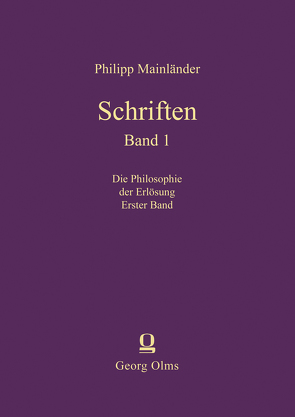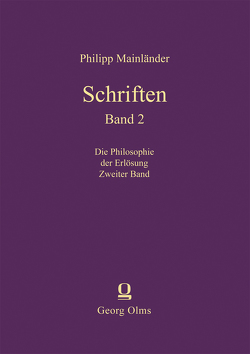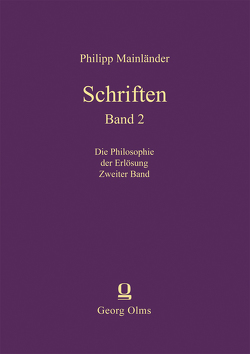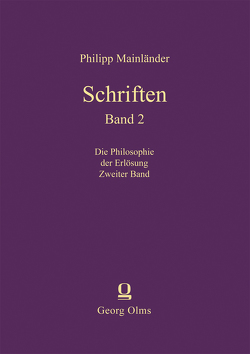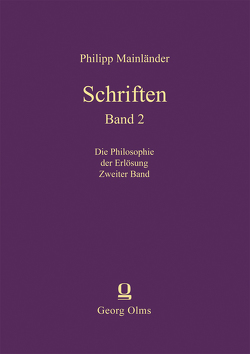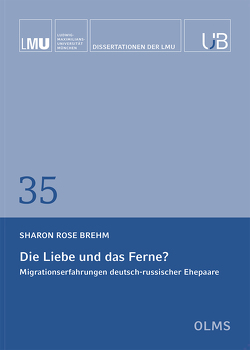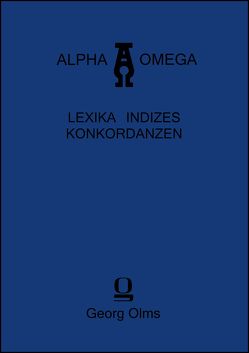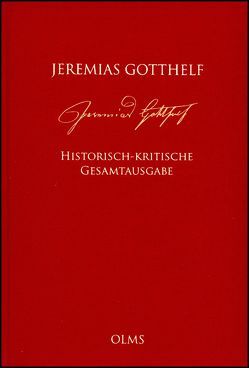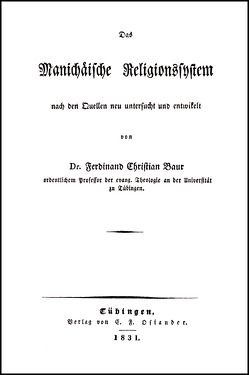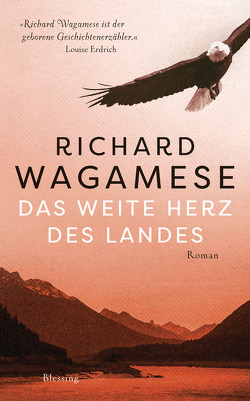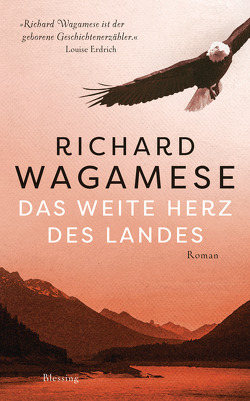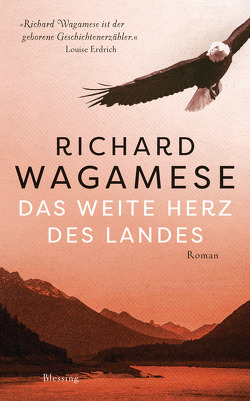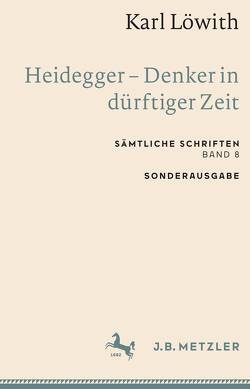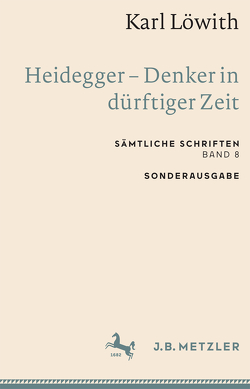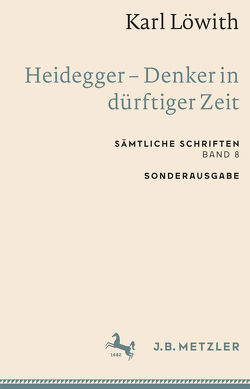Schriften
Philosophie der Erlösung. Erster Band
Philipp Mainländer, Winfried H. Müller-Seyfarth
Philipp Mainländers ‚Philosophie der Erlösung‘ löste bei Erscheinen heftige Reaktionen aus. Friedrich Nietzsche, Eduard von Hartmann, Johannes Volkelt und andere nahmen Anstoß an der den Schopenhauerischen Pessimismus überbietenden anthropofugalen Theorie, die das Universum als einen „Zerfall einer vorweltlichen Einheit in eine reale Welt der Vielheit“ beschreibt. Dieser antizipatorische Entwurf kennzeichnet unsere Welt als einen „Übergang vom Übersein zum Nichtsein“ vermittels der Selbstauslöschung von Organischem und Anorganischem.
Unserer modernen Erklärung der Welt und ihrer Entstehung (Urknall-, Chaostheorie) könnte Mainländers Metaphysik der Entropie durchaus als Folie dienen, die auch bestimmte geschichtsphilosophische Postulate grundiert.
At its appearance, Philipp Mainländer’s Philosophie der Erlösung met with strong reactions. Friedrich Nietzsche, Eduard von Hartmann, Johannes Volkelt and others took exception to Mainländer’s anthropofugal theory which surpassed Schopenhauer’s pessimism, describing the universe as the „disintegrating process of a pre-world unity into a real world of multiplicity“. This anticipatory theory characterizes our world as a “transition from superexistence to non-existence” by means of the self-extinction of organic and anorganic matter.
Mainländer’s metaphysics of entropy could be used as a foil for our modern explanation of the world and its origin (Big Bang and chaos theories) as well as certain postulates of history. The two volumes of the Philosophie der Erlösung enable us to meet Mainländer the philosopher, who argued from the materialistic anthropology of his time, also as a poet.
